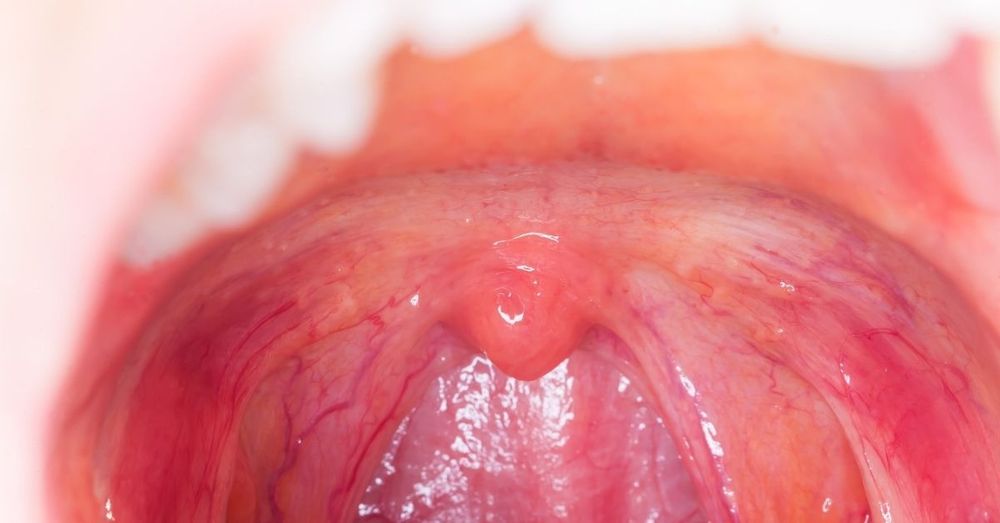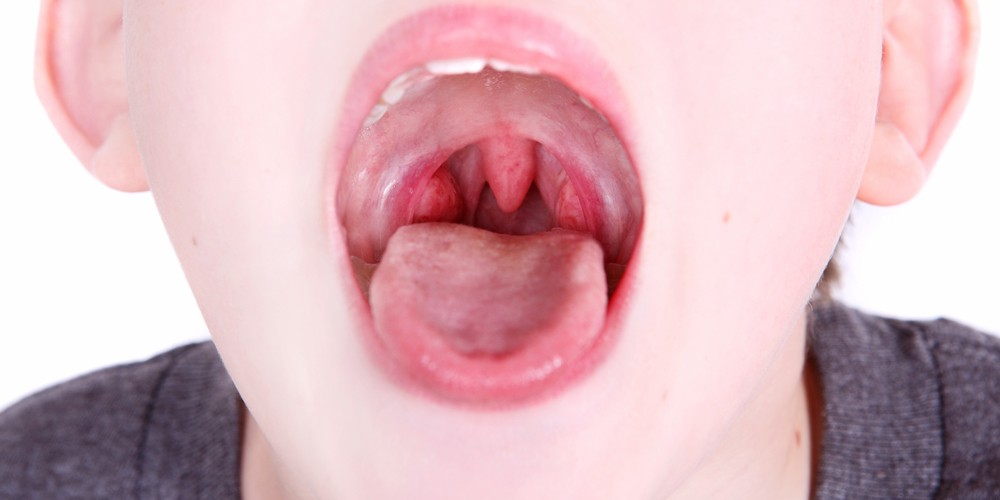Tonsillitis Symptoms and Home Remedies

The first sign of tonsillitis is inflammation. Swollen tonsils are not unusual and can be a serious condition. If your child experiences any of these symptoms, he or she should see a doctor as soon as possible. Luckily, there are many home remedies for tonsillitis at Sagg 2019 and you can treat the condition yourself. These include rinsing with salt water, drinking plenty of cold liquids, and lowering the volume of the voice. However, you should never use antibiotics if your child has had any of these symptoms before.
The goal of home treatment for tonsillitis is to relieve symptoms. These include a sore throat, nasal congestion, coughing and sneezing. You can also try gargling with warm salt water (a teaspoon of salt per liter of water) or eating flavored ice to soothe your throat. Humidifiers and vaporizers can also help you breathe easier. You can try these home treatments at home if you don’t feel like going to the doctor.
In addition to relieving symptoms, tonsillitis is contagious. The virus that causes tonsillitis can be passed to other people through coughs and sneezes. You should avoid touching other people’s things and try not to kiss them until you get better. Once you feel better, buy a new toothbrush. They can help relieve the symptoms of tonsillitis. If the infection is severe, you may need to see a doctor or visit https://truthinhealthcare.org/
as soon as possible.
If you have a sore throat, you need to see a doctor to make sure it’s not a bacterial infection. A quick strep test or throat culture can help determine if you are infected. You should discuss your symptoms with your doctor and follow the instructions carefully. You may need to take antibiotics for several days. A new toothbrush is also a good idea.
In addition to a sore throat, you may also have pus in your throat. Swelling and pain can also be a sign of tonsillitis. Usually, the tonsils become red and swollen, and you may even have a fever. These symptoms are common signs of tonsillitis. If fever and swelling occur, see a doctor as soon as possible. If your pain is caused by a virus, you may not need to take any medication.

The most common symptoms of tonsillitis are sore throat and fever. The doctor will examine your throat and neck to rule out any other underlying conditions. The doctor will also examine your child’s tonsils to determine if they have tonsillitis. He or she will also look for white patches and redness. Often a child experiences both of these symptoms. If you have all of these symptoms, see your doctor right away for a diagnosis and get more guidance online healthsouthsunrise.com.
There are several home remedies for tonsillitis that can help relieve the symptoms of tonsillitis and make it more bearable. The most common is to drink plenty of water. If you feel a cold, you should drink one glass of warm water every two hours. A cup of warm salt water can help relieve a sore throat and bring down a fever. The site productossaludes.com
states that a vaporizer or humidifier may also be a good choice for relieving tonsillitis symptoms.
Another type of tonsillitis is chronic tonsillitis. This is a long-term condition in which the infection recurs several times. Infections cause tiny pockets in the tonsils where bacteria can accumulate. Pockets will fill with small, foul-smelling stones. Stones contain a large amount of sulfonamides. They can cause bad breath and a feeling that something is stuck in the throat. These symptoms are also very common in babies.
The symptoms of tonsillitis can be very uncomfortable. In addition to pain, the tonsils may be red, swollen, or even have pus in them. Depending on the type of infection, the tonsils may be red, swollen, and inflamed. You may experience sore throat, swelling and pain in the affected area. In addition, your lymph nodes may be inflamed.
